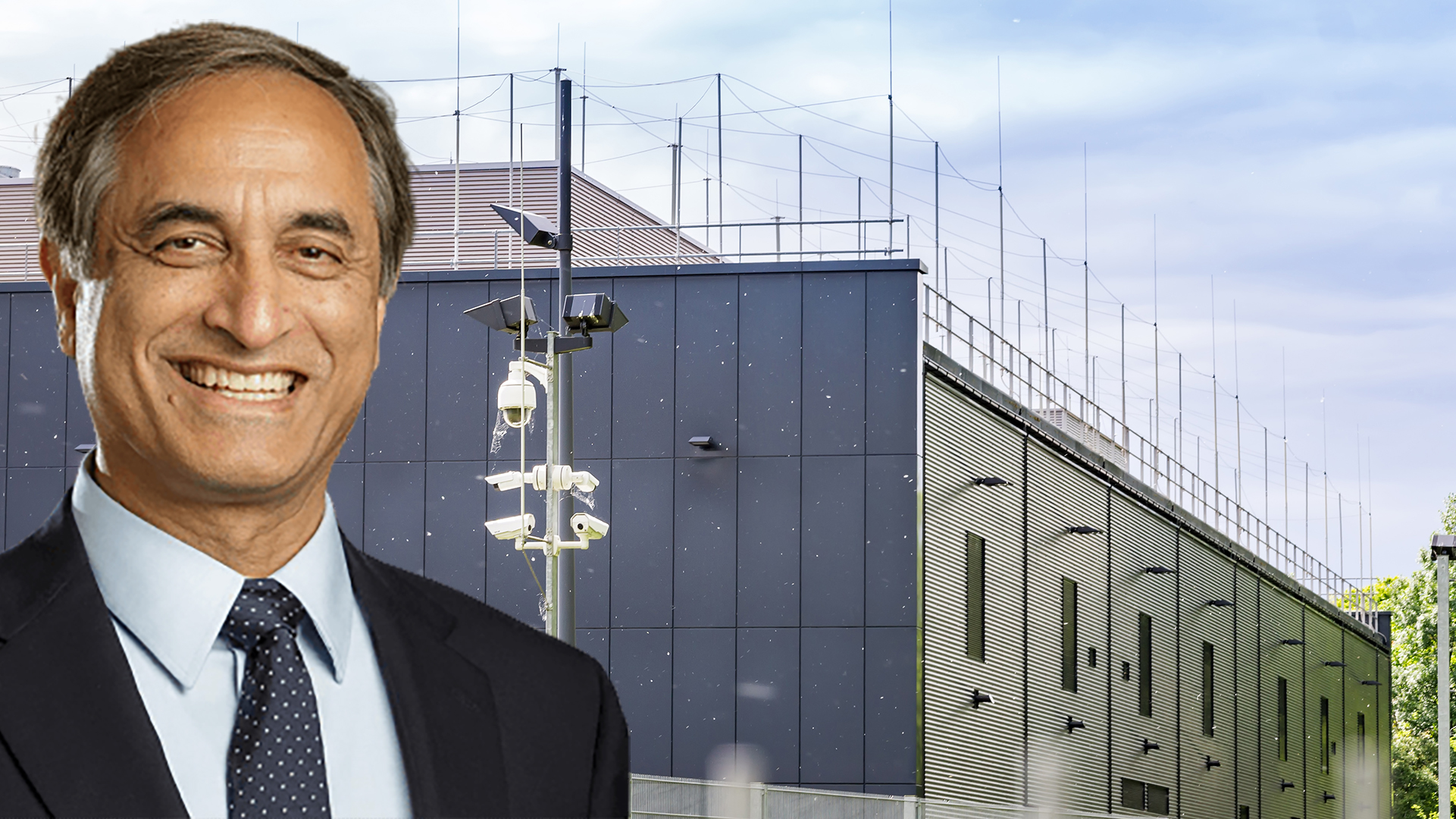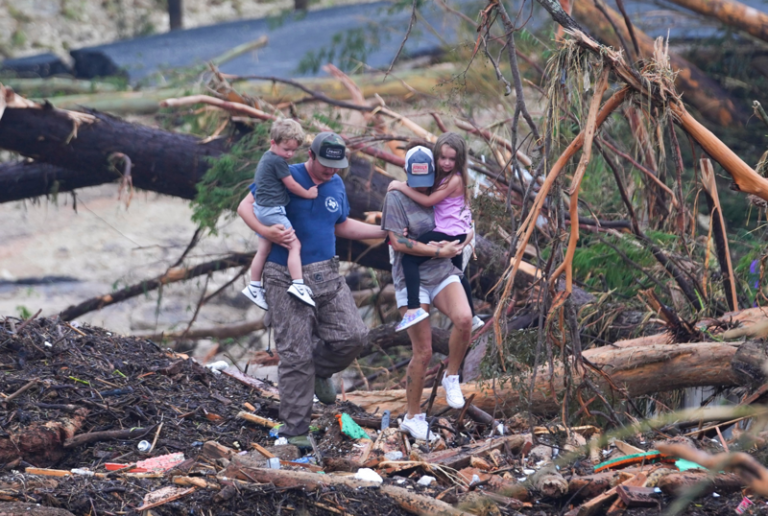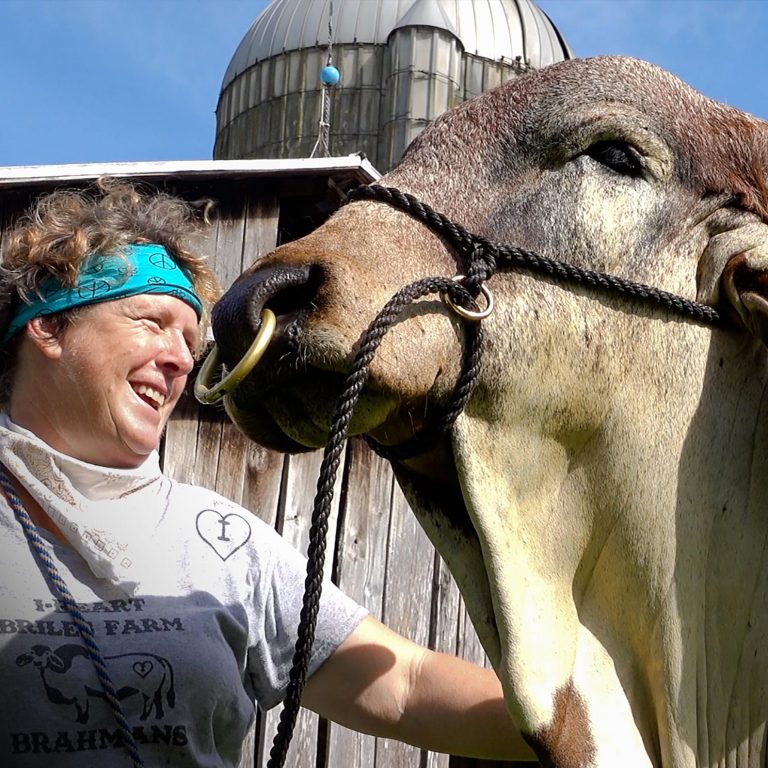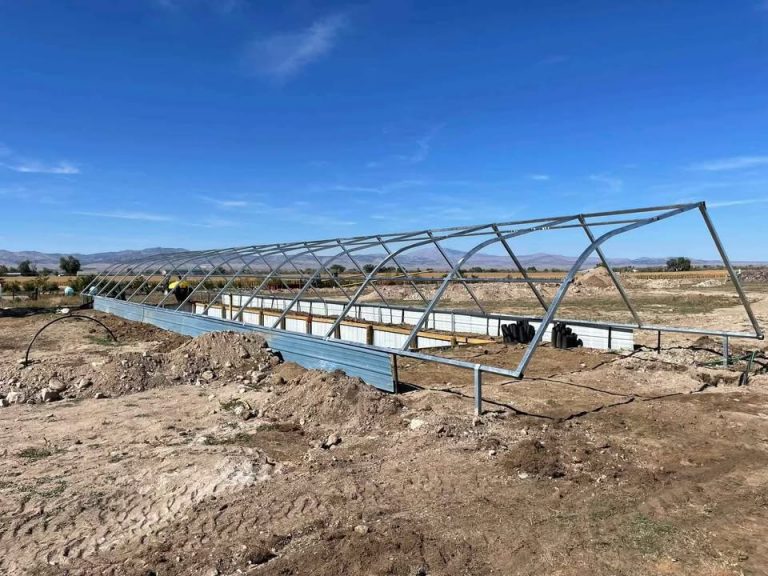How Artificial Intelligence, Data Centers, and the Fourth Industrial Revolution Threaten the Future of Family Farms—and Humanity Itself
Yanasa TV News
The Silent Reckoning: How AI Could Reshape Humanity, Land, and Rural America
As artificial intelligence (AI) advances at an unprecedented pace, warnings from experts are growing more urgent. Subhash Kak, a respected computer science professor at Oklahoma State University, recently predicted that AI-driven automation could so fundamentally change society that Earth’s population might plunge to just 100 million by 2300—equivalent to the population of the United Kingdom today. While many view this projection as extreme, the warning raises critical questions about the future of humanity, the fate of rural communities, and the stewardship of our land.
This report investigates Kak’s claim through an objective lens, exploring how the 4th Industrial Revolution, powered by AI, could disrupt population trends, devastate family farming, and transform the world’s landscapes.
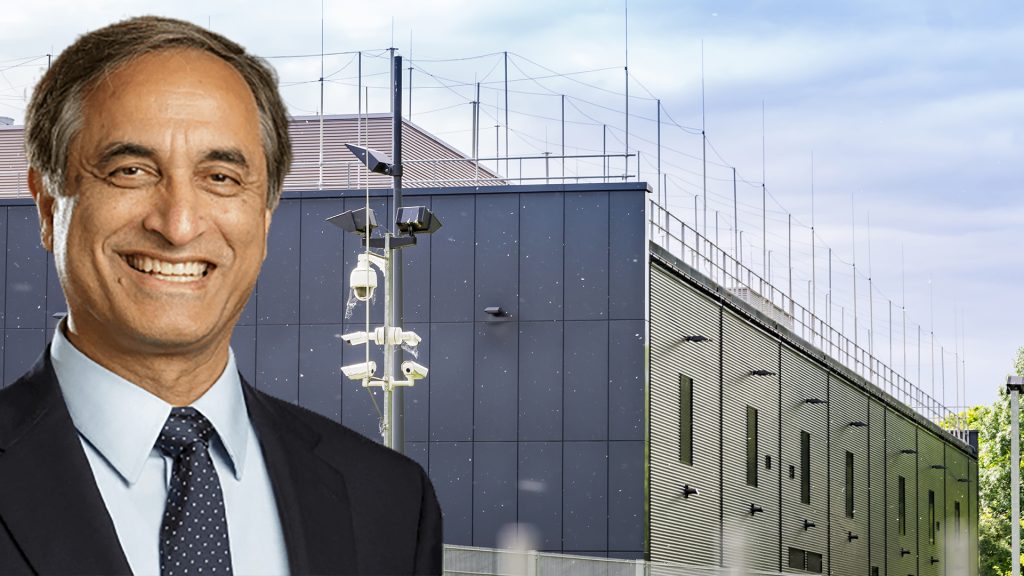
The 4th Industrial Revolution: Unprecedented Disruption
The “Fourth Industrial Revolution” describes the fusion of AI, robotics, biotechnology, and digital networks—set to transform every sector of the economy. Unlike past industrial shifts, AI threatens to automate not only physical labor but also cognitive and creative tasks, fundamentally redefining “work.”
- World Economic Forum: Projects that by 2025, automation will displace 85 million jobs globally, even as it creates 97 million new roles—roles that often demand advanced, tech-centric skills not accessible to all [WEF].
- Potential for societal upheaval: As jobs vanish or become unreachable for large swaths of the population, economic despair and a loss of purpose may take root, mirroring Kak’s warning that “people will see no point in raising families if there’s no future.”
OBJECTIVE NOTE: Not all experts predict mass unemployment—some forecast job transformation, not elimination. Still, history shows automation almost always disrupts the most vulnerable workers first.
AI, Population Decline, and the Human Future
Fertility Crisis Already Here
- Global fertility rates are plunging below replacement levels (2.1 children/woman) in dozens of countries, driven by urbanization, career insecurity, and the soaring costs of housing and childcare.
- South Korea: 0.7 (lowest in the world)
- Japan: 1.3
- U.S.: 1.6 (projected to decline further)
- AI-driven automation could accelerate this trend by making millions unemployable, increasing economic instability, and eroding confidence in the future.
Kak’s projection—a world population collapse to 100 million—may sound extreme, but the underlying trend is real: automation can make it even harder for young people to envision a secure life, let alone a family.
Why Demographic Collapse Matters
- Aging populations mean fewer young workers supporting more elderly dependents, threatening economic growth and social safety nets.
- Rural depopulation: Already underway, especially in farming communities, as young people leave for cities—or out of the workforce entirely—leaving land abandoned or consolidated by mega-corporations.
AI and the Land: The Coming Data Center Tsunami
AI’s Hunger for Power and Water
- Data centers—the backbone of AI—are multiplying rapidly, consuming vast amounts of electricity and water.
- Example: A single large AI data center can use as much electricity as a small city, and millions of gallons of water a day for cooling [CNBC].
- Land use impacts: Data centers often locate in rural areas for cheap land, access to power grids, and water rights.
Land, Water, and Rural Displacement
- Farmers and ranchers face competition for land and resources:
- Data centers bid up land prices, making it harder for family farms to expand or even survive.
- Water diversion for tech infrastructure can exacerbate drought conditions, impacting crop yields and livestock.
- Tax incentives for tech giants often bypass local communities, deepening inequality.
Case in Point: In central Iowa and eastern Oregon, farmers have protested the construction of large data centers that siphon off critical water supplies and reshape local economies, pushing agriculture further to the margins [Des Moines Register].
AI and Family Agriculture: The Final Squeeze?
Automation of Agriculture
- AI-powered machinery promises greater efficiency but is financially out of reach for small and midsize farms.
- Corporate consolidation: Larger agribusinesses with the capital to automate outcompete family operations, leading to further concentration of farmland and loss of rural livelihoods.
Devaluing Rural Knowledge
- Traditional skills—animal husbandry, regenerative practices, local adaptation—are devalued as tech replaces on-farm experience with algorithms.
- Loss of community: As rural jobs vanish, so too do local schools, churches, and civic organizations—driving a “hollowing out” of the countryside.
The Psychological Toll
- Loss of purpose and identity: For many, farming isn’t just a job—it’s a calling. The displacement of family farmers undermines generational continuity and rural culture.
- Mental health impacts: Farmer suicide rates already exceed national averages; AI-driven economic precarity could make this worse.
The Existential Risk: Will the 4th Industrial Revolution End Humanity?
Subhash Kak’s ultimate warning is not about technology itself, but about the collapse of meaning, community, and sustainability:
- Without checks and balances, the Fourth Industrial Revolution could:
- Collapse birthrates worldwide.
- Displace communities from the land.
- Concentrate wealth and power in the hands of a technological elite.
- Strip humanity of purpose, agency, and hope for the future.
Objective counterpoint: If harnessed wisely, AI could enable new solutions for food production, healthcare, and environmental restoration. But without proactive regulation, robust support for rural communities, and a focus on human dignity, Kak’s bleak scenario becomes plausible.
What Can Be Done?
1. Rebalance Incentives
- Support family farmers with access to technology, credit, and fair markets.
- Reform tax incentives so data centers and tech infrastructure truly benefit local communities.
2. Protect Natural Resources
- Regulate water use and land conversion for AI and tech development.
- Prioritize long-term food security and ecological stewardship over short-term profit.
3. Preserve Rural Life
- Invest in rural education, healthcare, and infrastructure.
- Foster policies that encourage family formation and generational continuity.
4. AI Ethics and Governance
- Democratize the design and deployment of AI, ensuring rural voices are included in decisions about the future.
Subhash Kak’s stark vision may not be destiny—but it is a warning. The unchecked spread of AI threatens not just jobs and privacy, but the very social and ecological fabric that sustains humanity. Without urgent reforms, the 4th Industrial Revolution could indeed spell the end of family farms, rural America, and, perhaps, the future of humanity itself.
Further Reading:

